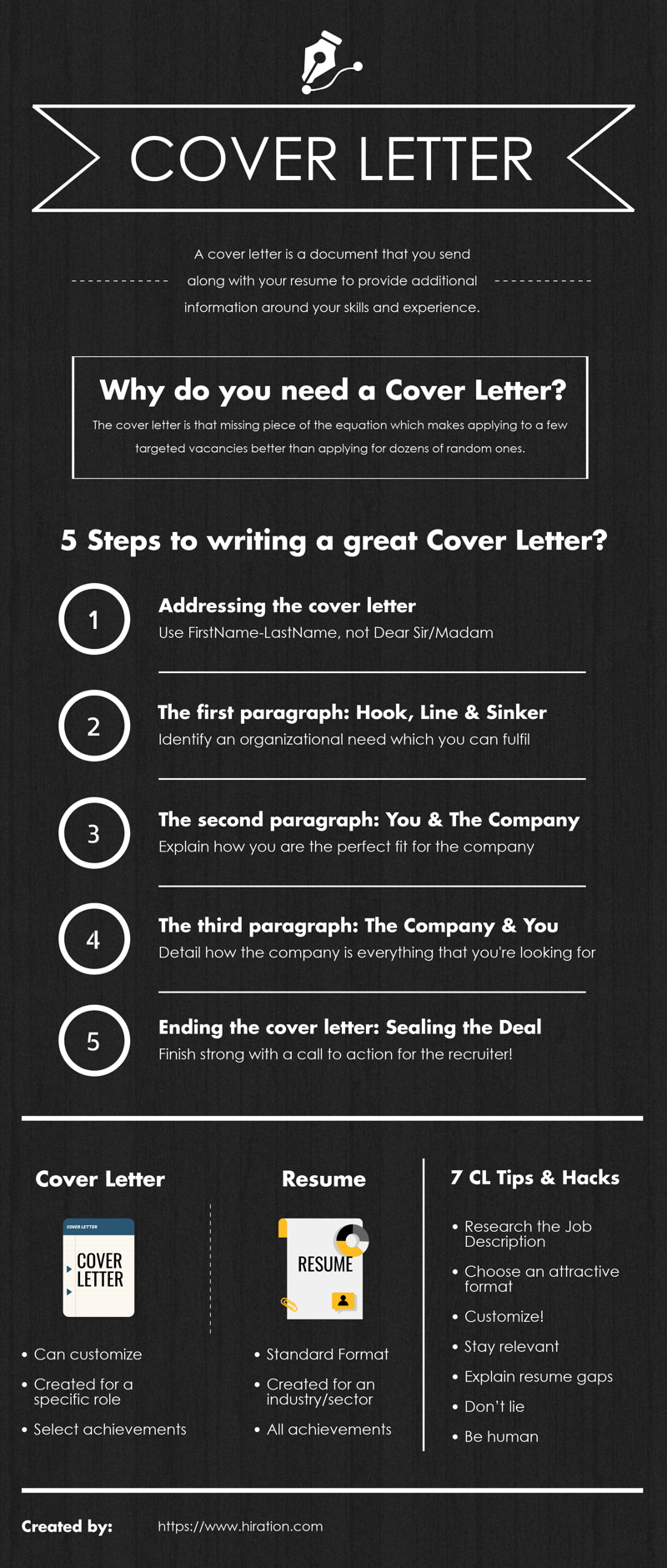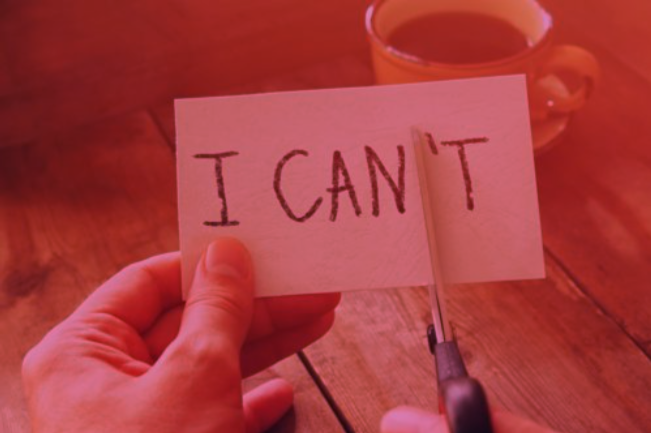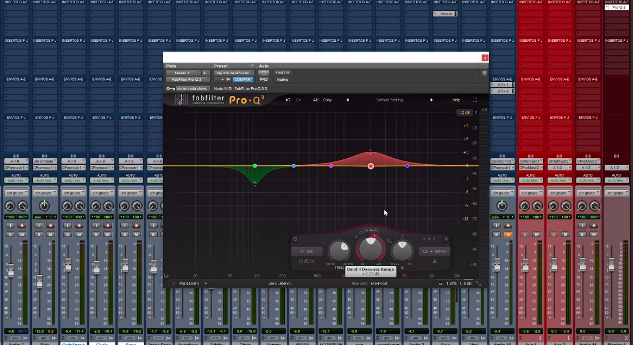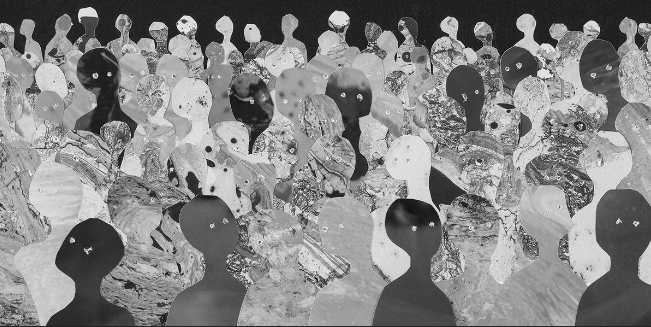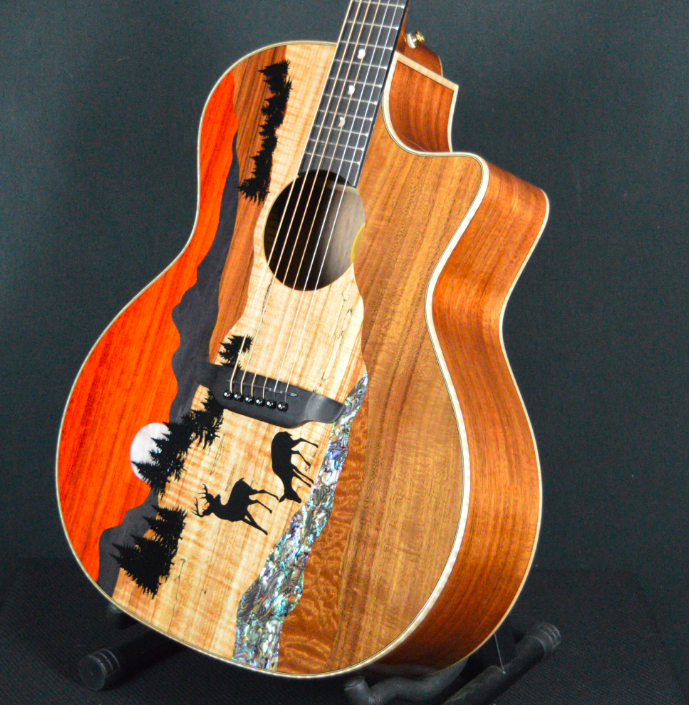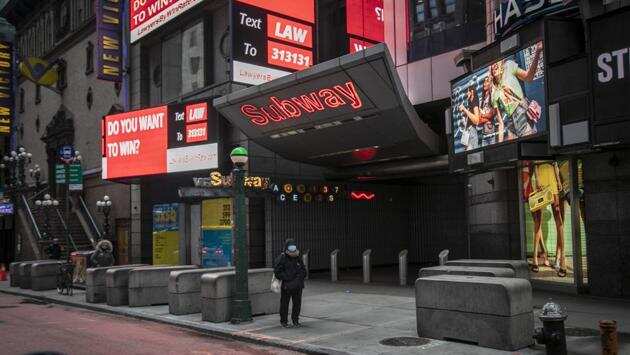
The Importance of the Cover Letter
College may or may not be in person where you live this semester but that doesn’t mean school isn’t starting soon. As students prepare for Zoom or in-person orientations this August I encourage you to consider looking for places you may want to intern at or be employed at after school. While you may have your resume prepared and it is important that you do, do you have the cover letter to complement it? Recently when talking to my peers I realized that while most people talk about the importance of having your resume prepared, they don’t realize how important a cover letter really is! So why is it so important? If it is as important as a resume, how do I begin? Well…let’s talk about that!
The Importance of the Cover Letter
Resumes are important because it’s a look at what your qualifications are for the position that you are after. However, it’s no joke that if you are considering a highly sought-after job (like a top-liner for instance), you are competing with dozens – possibly even hundreds – of applicants. The ones looking over your application are having to scour through all those applications and resumes, and will likely only have the time to briefly review yours. The goal of the employer is to find the best-fit candidate, while your goal is getting hired. The cover letter is that extra life to make you more than just a name on some paper – it makes you a person. The cover letter is a brief introduction about you, your background, education (if any), and experience ( if any). With a cover letter, you are more likely to join that narrowed-down pool of candidates.
How to Write a Cover Letter With Experience
If you have some experience already, say off a mentorship, internship, or job(s) you have done then a cover letter will be a breeze for you!
Let’s look at an example of one cover letter for a foley artist.
Firstly when finding out who to address – do your research before you apply. This is a no-brainer, if you want the job you make sure you know everything that you can before you apply. Maybe you need to email in your resume and cover letter, or maybe you are applying on Indeed/ a job site. In the case, you know the hiring manager’s name refer to them in a formal tone. In the case you do not, you could use the name of the venue or location of the job. Here’s a start :
Dear (Insert name)/ John’s Studio,
I am currently a college undergrad majoring in film at the University of Jane, I am seeking the opportunity listed on Indeed as foley artist.
I have experience in film in post-production, working on multiple foley stages around the northeast and abroad. Some films I have been credited to are Vampires Eight, Jakie John, and Horseshoe Mountain. My responsibilities included ____ and ____. I feel I am the best fit for the job due to my experiences working as a foley artist and my ability to work well under tight deadlines.
I seek an environment that challenges and is proactive in bringing stories from page to screen, I identify with the values of your studio and I feel that John’s Studio is the perfect environment for me to flourish creatively as I look to work with your establishment for the next five years and so on.
I hope to connect with you at your earliest convenience to discuss my qualifications further.
I appreciate your time and consideration and hope to be hearing from you soon.
Sincerely,
Josephine Doe
In this example, Josephine addressed the studio they wished to work at, explained their education and experiences, and explained why they would best fit the studio environment. The best way to write a cover letter is to be formal, but authentic.
KEEP IN MIND!
- Why do you want to be that employed here?
- What do you see yourself benefiting from being employed there? ( your goal)
- What does the employer benefit from hiring you?
STAY AWAY FROM!
- Using the same cover letter to apply to multiple jobs! Why do you identify with that location in particular, how is it different from other locations? Address the location directly in your cover letter! Show the employer that you know the job and that location together. Where do you see yourself 5 years from now, and is it with the company or elsewhere?
Writing a Cover Letter With No Experience
If you do not have job experience yet and want to apply, how should your cover letter look?
Well, most of the tips for the top portion are applied here as well, however, you will have to lean more into how you can benefit the company.
For example, let’s use Josephine again.
Dear (Insert name)/ John’s Studio,
I am currently a college undergrad majoring in film at the University of Jane, I am seeking the opportunity to intern at your establishment under your foley department.
I have managed our college fall festival and worked well with collaborating with others to create an entertaining experience, and throughout the project, I exhibited strong leadership and time-management skills. I recognize that working with strict deadlines is imperative to the position and I am prepared to work overtime if necessary to see the projects asked of me to completion.
I seek an environment that challenges and is proactive in bringing stories from page to screen, I identify with the values of your studio and I feel that John’s Studio is the perfect environment for me to flourish creatively as I look to work my way up to joining the staff as a foley artist with hard work and dedication.
I hope to connect with you at your earliest convenience to set up an interview,
I appreciate your time and consideration and hope to be hearing from you soon.
Sincerely,
Josephine Doe
In this example Josephine doesn’t have the film experience written out in the first example, however, Josephine is able to relate a personal story to the position. From explaining their experience managing the festival they demonstrated leadership skills, resiliency, and management capabilities. They show they can collaborate with others to get work done, and that they see themselves with John’s Studio, establishing their timeline.
While considering places you may want to intern or apply for jobs this fall consider writing a cover letter, it might help bring you to places you dreamed of being.
